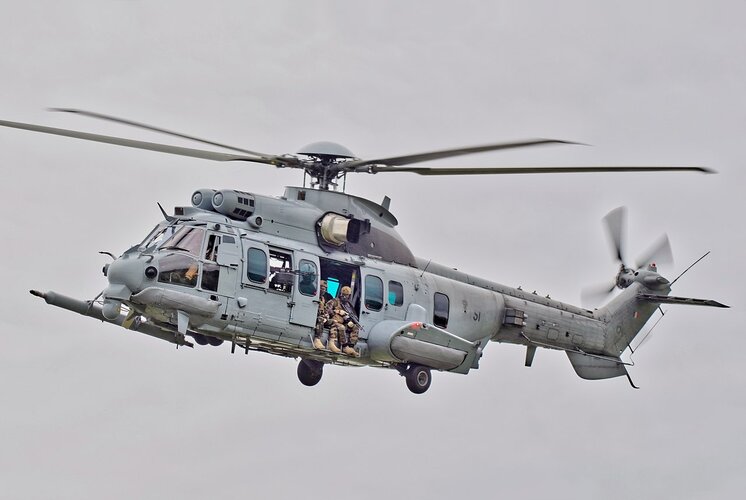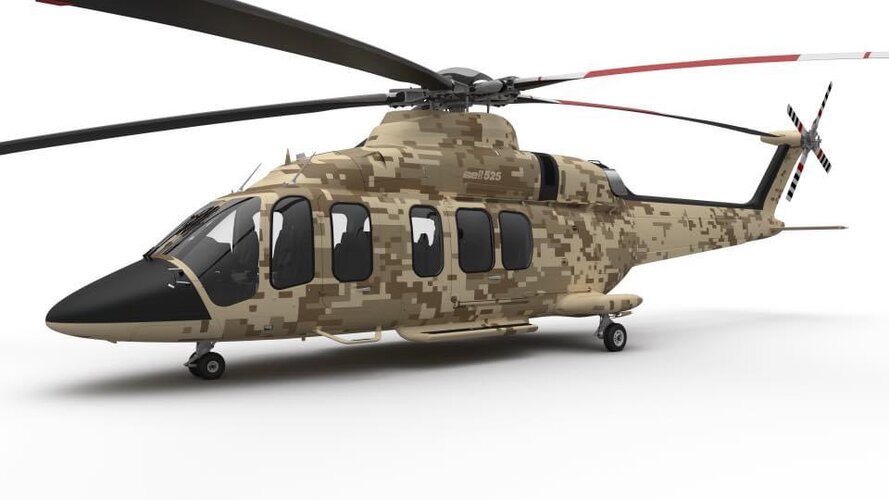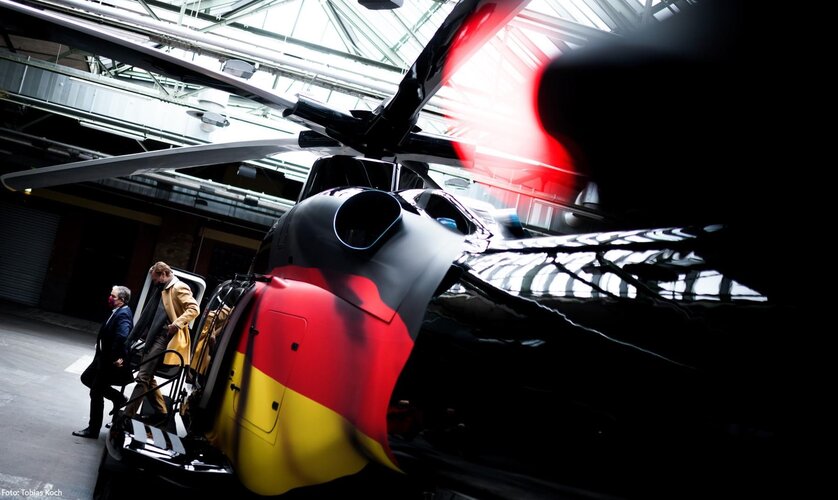- Joined
- 16 April 2008
- Messages
- 9,586
- Reaction score
- 14,409
Wrong the RAAF refused to keep the chinooks once the blackhawks were give to the army
Yes. It appears that the only RAAF rotary wing aircraft are some contracted AW139s for SAR. The Army got all the battlefield helicopters when the Chinooks came back from their brief holiday in the early 1990s. The Black Hawks came in (to the Army), the Chinooks were retired (by the RAAF), and then it became obvious the Black Hawks couldn't do all the missions, so the Chinooks came back (this time to the Army). Probably for the best -- the Chinooks were almost exclusively for Army support anyway, so why not put them under Army control?
Last edited:
























